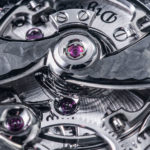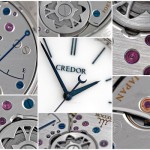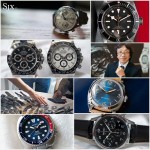Year in Review: Our Best Stories of 2020
Surprising, interesting, or technical.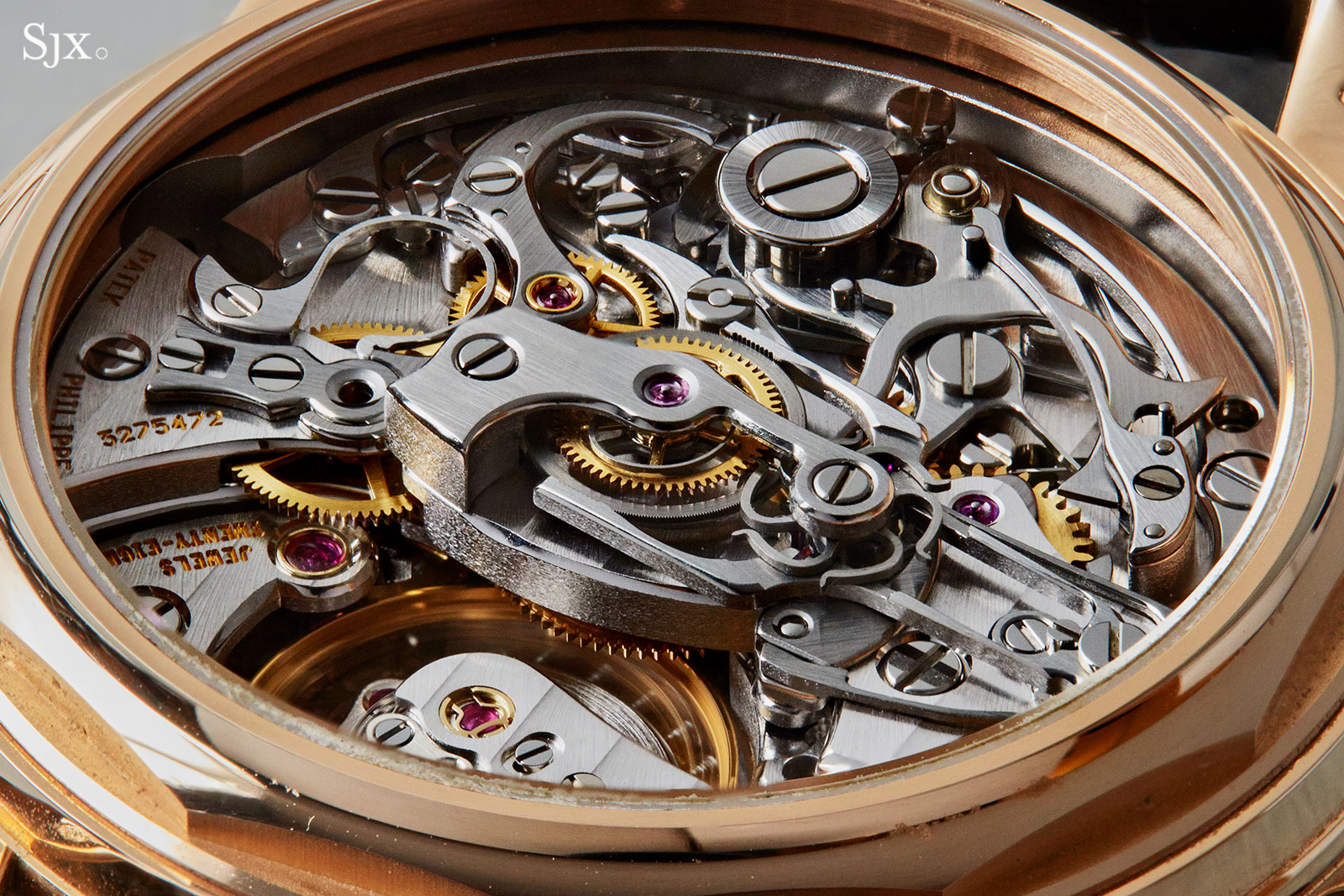
As the year winds down, I’d like to thank everyone for reading. And I want to revisit a few of the best stories of the year – if you haven’t read them, they are worth a look.
These are not the most-read stories, which are inevitably concerned with watches from the biggest brands. Rather, the best stories are of the sort that I myself appreciate: an in-depth look at topics that might be unexpected or intriguing. I loved these articles and trust you will too.
Watchmaking
Although time has flowed in the same manner since the start of the universe, mankind’s perception and use of draft has evolved, most drastically during the Industrial Revolution, when time came to govern all aspects of life, a phenomenon explained by Alvin Chong.
Time, as it happens, has been crucial to medical care for over four millennia, as Dr Andrew Hantel explained in his history of the pulsations chronograph, starting with Louis Moinet’s invention of the stopwatch until the modern-day smartwatch.
Continuing with the chronograph, but now rewriting its history: Dr Christian Müller documented the first flyback-chronograph wristwatch, a 1929 Longines that he owns, which also happens to be the first-ever two-button wristwatch chronograph.
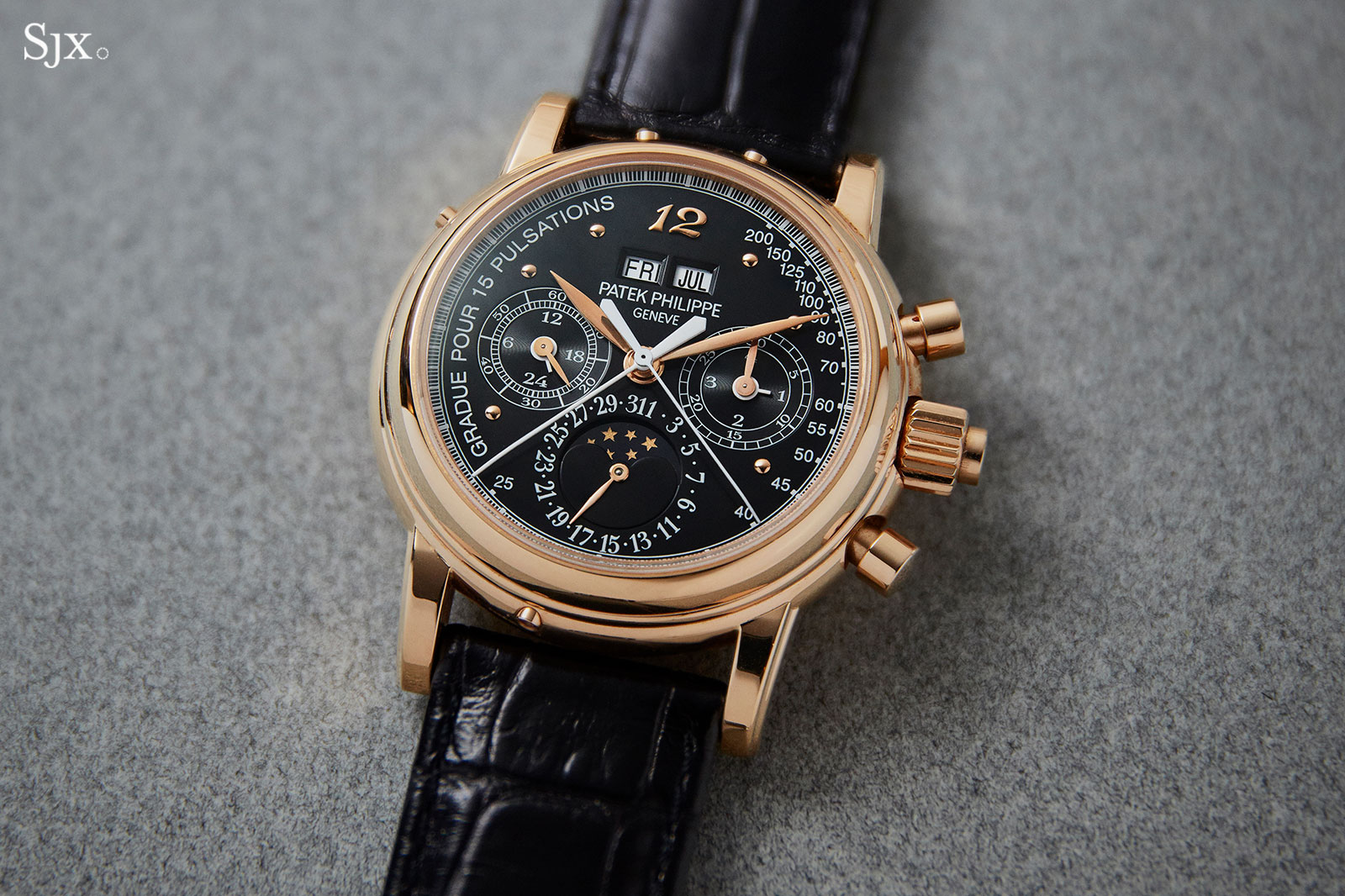
A Patek Philippe ref. 5004R with a special-order pulsations dial; the first photo shows its movement
And then there was also the end of history in a sense: Alan Downing told the story of how the observatory chronometer trial, revived in 2009 as the Concours International de Chronométrie, met its demise due to lack of participation by leading brands.
But still there is cause for optimism as watchmaking is being encouraged in unexpected places. I visited Cambodia’s first watchmaking school, a top-of-the-line facility sponsored by the charitable arm of a local real estate conglomerate. Run entirely by former staff from Switzerland’s WOSTEP, the school is the most ambitious horological education project anywhere in the world in recent years.
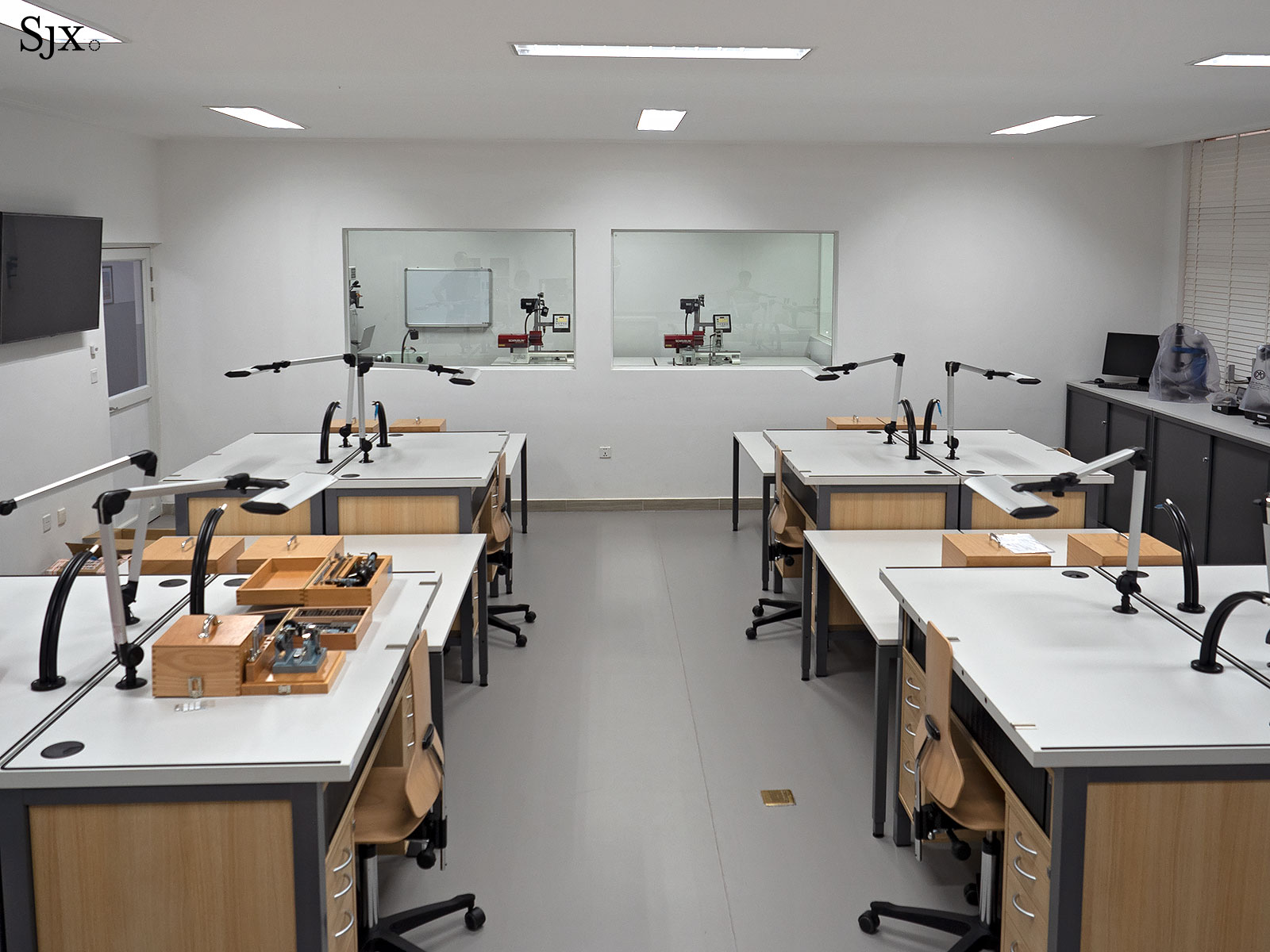
The Prince Horology Vocational Training Center in Phnom Penh
Technical topics
The year’s top technical story was the detailed evaluation of several dozen watch movements by Tim Lake and Brandon Moore, in parts I and II. The pair calculated the individual Horological Density Factor (HDF) of each calibre, essentially breaking down how each movement performs in terms of timekeeping relative to its size and power reserve.
The cal. 4130 in the Rolex Cosmograph Daytona is two decades old, but has been progressively upgraded over its life, including with an intriguing, flower-like wheel for the chronograph produced by UV-LIGA – and Richard Lee explained what it is.

The LIGA wheel in the cal. 4130. Photo – Rolex
Richard also delved into the middle temperature error, Barraud’s weight, and the marine chronometer – the problem, solution, and context of a historical and esoteric topic in watchmaking.
Chua Meng Shuen explained the deadbeat seconds, a deceptively simple complication that comes in many forms with varying degrees of complexity, ranging from the star-and-flirt to remontoir.
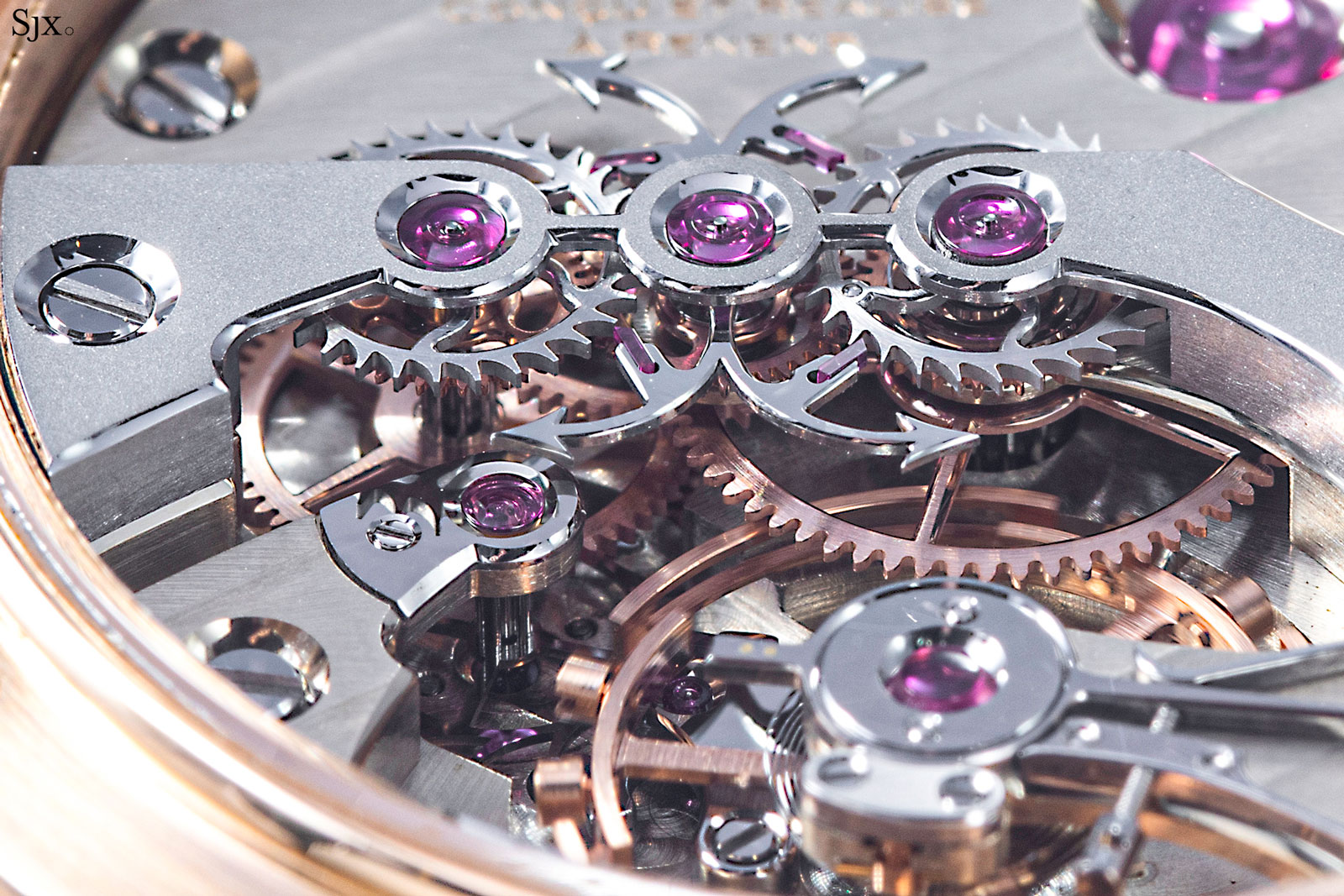
The secondary escapement for the deadbeat seconds in the Petermann Bedat 1967
Independents
In a rare look into the world of commissioning a unique watch from an independent watchmaker, Bjorn Meijer took us along the journey of having Svend Andersen build two one-off world time watches, explaining in great detail how each and every element was discussed, refined, and conceived with the watchmaker.

An Urban Jürgensen tourbillon pocket watch by Derek Pratt
With input from Dr Helmut Crott, I detailed the tourbillon pocket watches made by the late, great Derek Pratt for Urban Jürgensen & Sønner, some of which incorporated a constant-force escapement within the tourbillon.
Something that will be the basis of a future story is the unfinished George Daniels pocket watch on display in the Clockmakers’ Museum in London. Now owned by the charitable trust established by Daniels, the watch will eventually be completed by Roger W. Smith one day, and then sold to benefit the trust.
Back to top.


